In this article, we’ll take you through everything you need to know about CPL filters. From what they are to how to use one for best results. Tiffen 52mm Linear Polarizer Enhance your landscape photos with a linear polarizer, reducing glare and boosting colors for truly stunning images. [ExpertPhotography is supported by readers. Product links on ExpertPhotography are referral links. If you use one of these and buy something, we make a little bit of money. Need more info? See how it all works here.]
How Does a CPL Filter Work?
First, we need to understand the two types of light polarization. In nature, light can be polarized in a linear or circular way.
Linear polarization happens when you have a reflection in water, plastic, or glass. Circular polarization is typical of reflections on metallic surfaces.
The circular polarizing filter then imparts a cyclic variation of the orientation of the electric and magnetic forces to the non-polarized light, selecting the appropriate component. It appears dark and absorbs light in front of the camera lens. The CPL filter first polarizes the light by selecting a polarization plane. Then it depolarizes it again. There is a mathematical formula for the dampening of light intensity through a polarising filter. It is called the Malus formula. The Malus formula indicates how much the CPL filter will dampen the light intensity that hits the sensor. Let’s say the angle between the input direction of the light beam and the output direction of the same beam through the CPL filter is zero degrees. The light will completely cross the lens filter. You won’t have any polarization. If the same angle of entry and exit is 90°, then the two directions form a right angle between them. We will have the max absorption of the light beam and max polarization. With the way CPLs are built, you have a rotating ring that allows you to move the lens filter. You can orient the plane of the polarization until you get the desired effect.
What Are the Effects of a CPL Filter?
Elimination of Reflections
As a first and most important effect, the polarizer helps you remove reflections. A linear polarizer will eliminate reflections from water, glass, and other non-metallic surfaces. A circular polarizer will remove reflections from metal surfaces as well. A CPL filter will return transparency to a body of water. This removes reflections and gives you a higher quality image. You’ll be able to see the bottom of a sea or lake, for example. Wood and metal paints polarize the light so you should use a polarizing filter. Protective lacquers do the same. A CPL filter is also great on any type of glass. It will get rid of the reflection, making the objects behind the glass visible. Think of paintings or exhibits, for example. The CPL filter is not all-powerful though. Glass is difficult to photograph due to the reflection. You might get a leftover reflective residue.
Darker and More Intense Skies
Another classic effect of the CPL filter is to darken and saturate the sky. It will result in an intense blue sky with a gradient sloping towards the horizon line. You can see an example of this effect on the sky on clear days with strong contrasts given by the clouds. The effect is more significant by placing the sun to the side of the shooting point. You will attenuate the effect of the filter if the sun is at your back. During sunrise and sunset or on very cloudy days it is difficult to darken the sky and polarize the light. In these conditions, I only use the CPL filter to remove reflections on the surfaces.
Saturated Colors
Last consideration in colors. A CPL filter can saturate colors. Removing reflections and filtering the light leads to this effect. It does so with deep blue skies, but also by intensifying the green color of foliage. It also removes the white glow of incandescent light from leaves. It makes them a pleasant uniform green color.
When Should I Use a CPL Filter?
You can use a CPL filter to increase your image quality whether you’re photographing in a national park or on a travel assignment in India. It is also a must-have accessory if you are shooting an interior with reflective surfaces or you just want to protect your front element.
How About the Sun?
The Malus formula tells us that the best polarization occurs when the incoming rays in the CPL filter are at 90°. This is with respect to the rays coming out of the polarities. What it means is that you will have the maximum effect of the polarization when the sun is to the side. With the sun in front of or behind you, the effect of polarization will be minimal or even nil.
When Not to Use a CPL Filter
When There’s Not Enough Light
The polarizing filter reduces the amount of light which enters the lens and affects the camera sensor. For those who do landscape photography, this is not a big problem since most of the time the camera will be on a tripod. If you are shooting freehand, take into account this loss of brightness. This will help you avoid blurry shots. Good CPL camera filters reduce the incoming light by approximately one stop. But turning the filter can mean that the exposure compensation reaches two stops. Unlike neutral density filters, the CPL filter has a certain variability in the absorption of light. For example, ND filters and GND filters have a set amount of filtered light based on how they’re built. Usually, photographic filter manufacturers indicate the ‘filter factor’ or compensation factor with an arithmetic scale: 1x, 2x, 3x, 4x etc. For CPL usually, there is a 2x or 4x filter factor. This means losing 1 stop of light or 2 stops of light (a half and a quarter of the incoming light, respectively). If your ISO is 100, it needs to change to 200 or 400. Your shutter speed and/or aperture could also move instead. Even if you do landscape photography on a tripod, you should keep this characteristic of the CPL filter in mind and adjust the exposure. Remember that when you use several filters, the cutting multiplies.
When Using an Ultra Wide Angle Lens
A really wide-angle lens can lead to halos in the sky. This ‘defect’ is not a true halo. It’s the correct polarization of light in the central and upper part of the frame. There’s a progressive loss of polarization towards the edges. This problem appears mostly with ultra wide-angle lenses. Generally speaking, a full frame equivalent focal length between 18mm and 20mm can lead to this issue.
When You Want to Keep a Reflection
I take most of my photos in the marine environment. That’s why the usage of a CPL filter is crucial to remove the reflections. But in some cases, the reflection is a beautiful detail that you want to keep in the image. Always be mindful of your subject before using any filter. It might affect the overall essence of a scene. Look at the example of this image below:
Conclusion
The CPL filter is an outdoor photography enthusiast’s best friend. They can restore life to your photos. And it’ll remove those small defects that glare can bring into our camera lens. When shooting landscape images, I never go without one in my camera bag. Interested in how you can drastically improve your landscape photography skills? Have a look at our landscape course here.


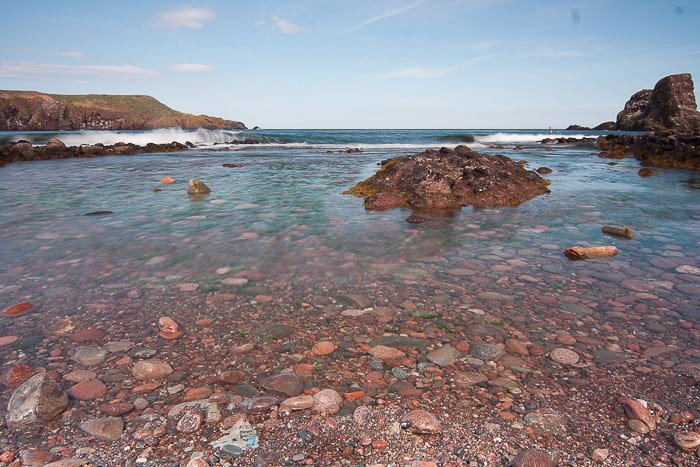
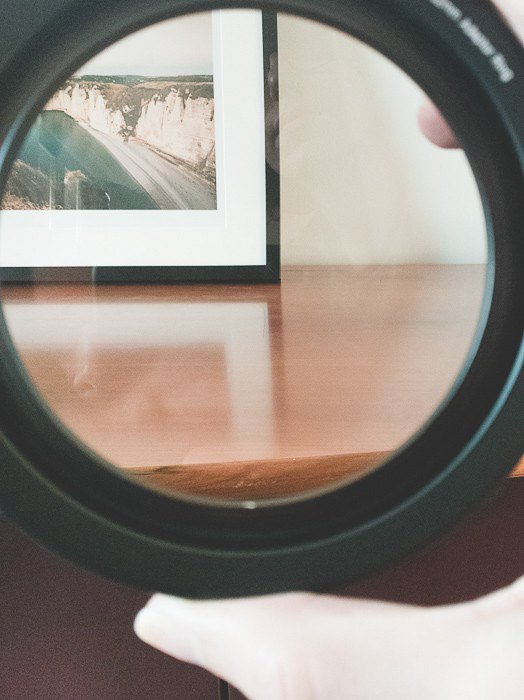

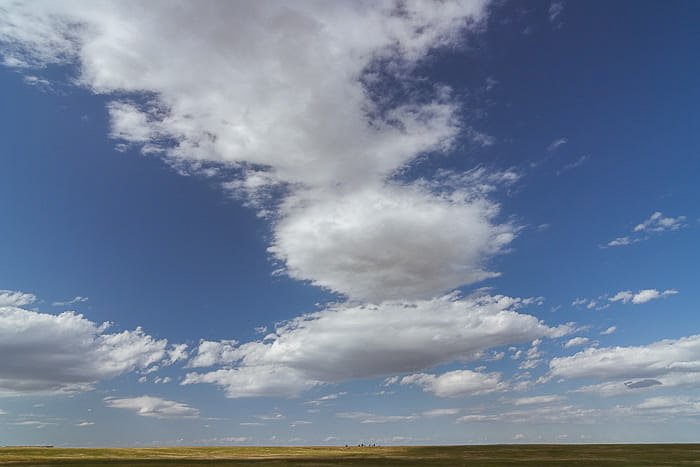
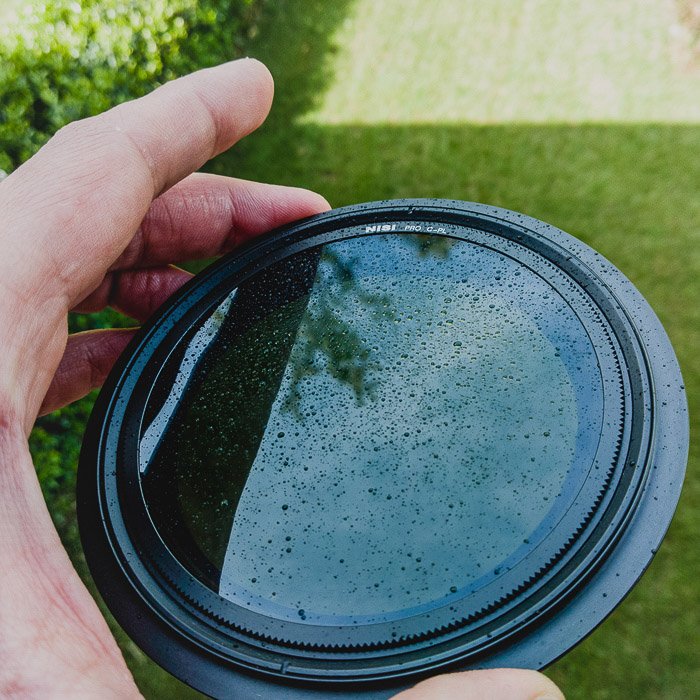
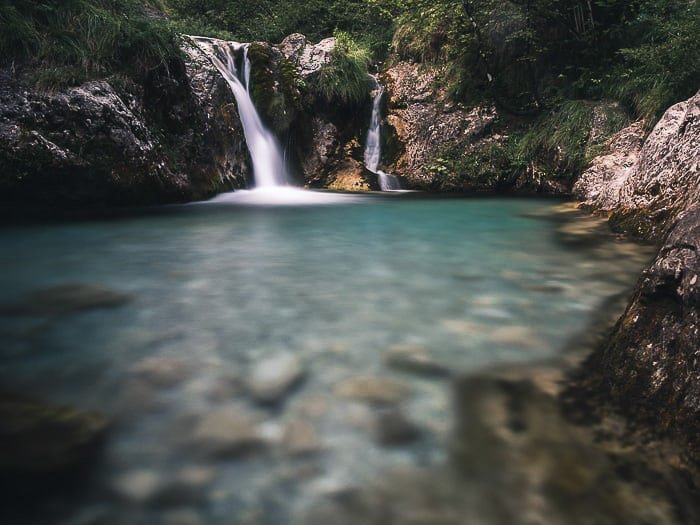

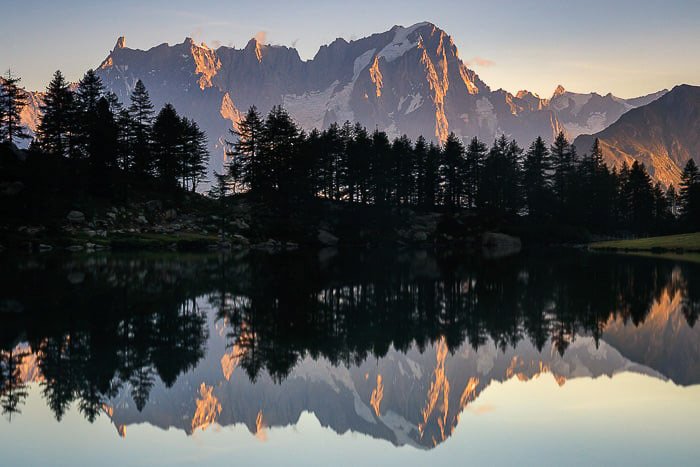
title: “What Is A Cpl Filter How When And Why To Use One " ShowToc: true date: “2023-01-02” author: “Vincent Stephens”
In this article, we’ll take you through everything you need to know about CPL filters. From what they are to how to use one for best results. Tiffen 52mm Linear Polarizer Enhance your landscape photos with a linear polarizer, reducing glare and boosting colors for truly stunning images. [ExpertPhotography is supported by readers. Product links on ExpertPhotography are referral links. If you use one of these and buy something, we make a little bit of money. Need more info? See how it all works here.]
How Does a CPL Filter Work?
First, we need to understand the two types of light polarization. In nature, light can be polarized in a linear or circular way.
Linear polarization happens when you have a reflection in water, plastic, or glass. Circular polarization is typical of reflections on metallic surfaces.
The circular polarizing filter then imparts a cyclic variation of the orientation of the electric and magnetic forces to the non-polarized light, selecting the appropriate component. It appears dark and absorbs light in front of the camera lens. The CPL filter first polarizes the light by selecting a polarization plane. Then it depolarizes it again. There is a mathematical formula for the dampening of light intensity through a polarising filter. It is called the Malus formula. The Malus formula indicates how much the CPL filter will dampen the light intensity that hits the sensor. Let’s say the angle between the input direction of the light beam and the output direction of the same beam through the CPL filter is zero degrees. The light will completely cross the lens filter. You won’t have any polarization. If the same angle of entry and exit is 90°, then the two directions form a right angle between them. We will have the max absorption of the light beam and max polarization. With the way CPLs are built, you have a rotating ring that allows you to move the lens filter. You can orient the plane of the polarization until you get the desired effect.
What Are the Effects of a CPL Filter?
Elimination of Reflections
As a first and most important effect, the polarizer helps you remove reflections. A linear polarizer will eliminate reflections from water, glass, and other non-metallic surfaces. A circular polarizer will remove reflections from metal surfaces as well. A CPL filter will return transparency to a body of water. This removes reflections and gives you a higher quality image. You’ll be able to see the bottom of a sea or lake, for example. Wood and metal paints polarize the light so you should use a polarizing filter. Protective lacquers do the same. A CPL filter is also great on any type of glass. It will get rid of the reflection, making the objects behind the glass visible. Think of paintings or exhibits, for example. The CPL filter is not all-powerful though. Glass is difficult to photograph due to the reflection. You might get a leftover reflective residue.
Darker and More Intense Skies
Another classic effect of the CPL filter is to darken and saturate the sky. It will result in an intense blue sky with a gradient sloping towards the horizon line. You can see an example of this effect on the sky on clear days with strong contrasts given by the clouds. The effect is more significant by placing the sun to the side of the shooting point. You will attenuate the effect of the filter if the sun is at your back. During sunrise and sunset or on very cloudy days it is difficult to darken the sky and polarize the light. In these conditions, I only use the CPL filter to remove reflections on the surfaces.
Saturated Colors
Last consideration in colors. A CPL filter can saturate colors. Removing reflections and filtering the light leads to this effect. It does so with deep blue skies, but also by intensifying the green color of foliage. It also removes the white glow of incandescent light from leaves. It makes them a pleasant uniform green color.
When Should I Use a CPL Filter?
You can use a CPL filter to increase your image quality whether you’re photographing in a national park or on a travel assignment in India. It is also a must-have accessory if you are shooting an interior with reflective surfaces or you just want to protect your front element.
How About the Sun?
The Malus formula tells us that the best polarization occurs when the incoming rays in the CPL filter are at 90°. This is with respect to the rays coming out of the polarities. What it means is that you will have the maximum effect of the polarization when the sun is to the side. With the sun in front of or behind you, the effect of polarization will be minimal or even nil.
When Not to Use a CPL Filter
When There’s Not Enough Light
The polarizing filter reduces the amount of light which enters the lens and affects the camera sensor. For those who do landscape photography, this is not a big problem since most of the time the camera will be on a tripod. If you are shooting freehand, take into account this loss of brightness. This will help you avoid blurry shots. Good CPL camera filters reduce the incoming light by approximately one stop. But turning the filter can mean that the exposure compensation reaches two stops. Unlike neutral density filters, the CPL filter has a certain variability in the absorption of light. For example, ND filters and GND filters have a set amount of filtered light based on how they’re built. Usually, photographic filter manufacturers indicate the ‘filter factor’ or compensation factor with an arithmetic scale: 1x, 2x, 3x, 4x etc. For CPL usually, there is a 2x or 4x filter factor. This means losing 1 stop of light or 2 stops of light (a half and a quarter of the incoming light, respectively). If your ISO is 100, it needs to change to 200 or 400. Your shutter speed and/or aperture could also move instead. Even if you do landscape photography on a tripod, you should keep this characteristic of the CPL filter in mind and adjust the exposure. Remember that when you use several filters, the cutting multiplies.
When Using an Ultra Wide Angle Lens
A really wide-angle lens can lead to halos in the sky. This ‘defect’ is not a true halo. It’s the correct polarization of light in the central and upper part of the frame. There’s a progressive loss of polarization towards the edges. This problem appears mostly with ultra wide-angle lenses. Generally speaking, a full frame equivalent focal length between 18mm and 20mm can lead to this issue.
When You Want to Keep a Reflection
I take most of my photos in the marine environment. That’s why the usage of a CPL filter is crucial to remove the reflections. But in some cases, the reflection is a beautiful detail that you want to keep in the image. Always be mindful of your subject before using any filter. It might affect the overall essence of a scene. Look at the example of this image below:
Conclusion
The CPL filter is an outdoor photography enthusiast’s best friend. They can restore life to your photos. And it’ll remove those small defects that glare can bring into our camera lens. When shooting landscape images, I never go without one in my camera bag. Interested in how you can drastically improve your landscape photography skills? Have a look at our landscape course here.









